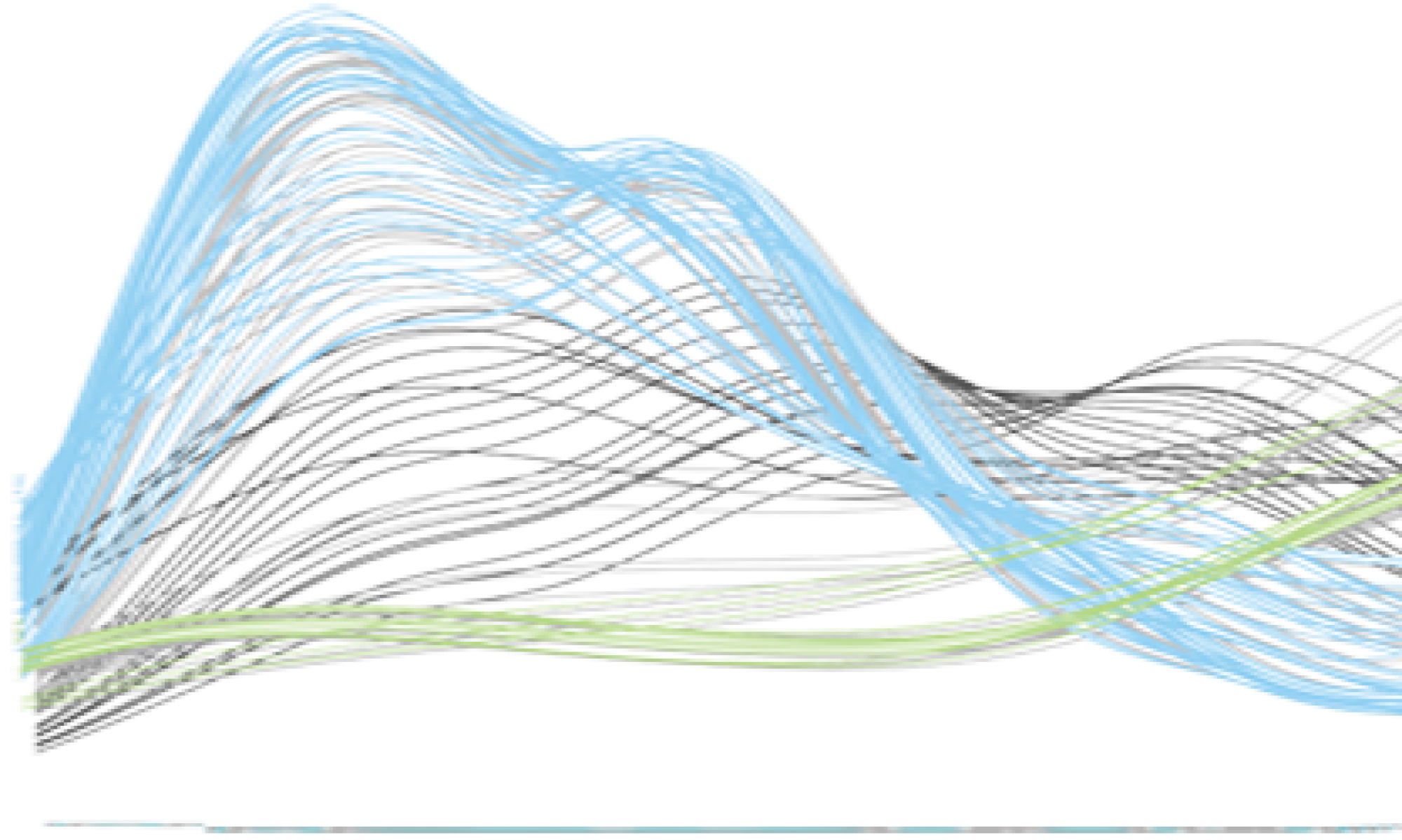Guttman DS, Gropp SJ, Morgan RL, Wang PW
Mol. Biol. Evol. 2006 Dec;23(12):2342-54
PubMed PMID: 16950758
Abstract
The plant pathogenic bacterium Pseudomonas syringae uses a type III secretion system to inject virulence proteins directly into the cytoplasm of its hosts. The P. syringae type III secretion apparatus is encoded, in part, by the HrpZ operon, which carries the hrpA gene encoding the pilin subunit of the pilus, various components of the structural apparatus, and the HrpZ harpin protein that is believed to produce pores in the host cell membrane. The pilus of the type III system comes into direct contact with the host cell and is, therefore, a likely target of the host’s pathogen surveillance systems. We sequenced and analyzed 22 HrpZ operons from P. syringae strains spanning the diversity of the species. Selection analyses, including K(a)/K(s) tests and Tajima’s D, revealed strong diversifying selection acting on the hrpA gene. This form of selection enables pathogens to maintain genetic diversity within their populations and is often driven by selection imposed by host defense systems. The HrpZ operon also revealed a single significant recombination event that dramatically changed the evolutionary relationships among P. syringae strains from 2 quite distinct phylogroups. This recombination event appears to have introduced genetic diversity into a clade of strains that may now be undergoing positive selection. The identification of diversifying selection acting on the Hrp pilus across the whole population sample and positive selection within one P. syringae lineage supports a trench warfare coevolutionary model between P. syringae and its plant hosts.

 Lumba S, Tsuchiya Y, Delmas F, Hezky J, Provart NJ, Shi Lu Q, McCourt P, Gazzarrini S
Lumba S, Tsuchiya Y, Delmas F, Hezky J, Provart NJ, Shi Lu Q, McCourt P, Gazzarrini S Maughan H, Cunningham KS, Wang PW, Zhang Y, Cypel M, Chaparro C, Tullis DE, Waddell TK, Keshavjee S, Liu M, Guttman DS, Hwang DM
Maughan H, Cunningham KS, Wang PW, Zhang Y, Cypel M, Chaparro C, Tullis DE, Waddell TK, Keshavjee S, Liu M, Guttman DS, Hwang DM Patel RV, Nahal HK, Breit R, Provart NJ
Patel RV, Nahal HK, Breit R, Provart NJ Austin RS, Vidaurre D, Stamatiou G, Breit R, Provart NJ, Bonetta D, Zhang J, Fung P, Gong Y, Wang PW, McCourt P, Guttman DS
Austin RS, Vidaurre D, Stamatiou G, Breit R, Provart NJ, Bonetta D, Zhang J, Fung P, Gong Y, Wang PW, McCourt P, Guttman DS Lee AH, Hurley B, Felsensteiner C, Yea C, Ckurshumova W, Bartetzko V, Wang PW, Quach V, Lewis JD, Liu YC, Börnke F, Angers S, Wilde A, Guttman DS, Desveaux D
Lee AH, Hurley B, Felsensteiner C, Yea C, Ckurshumova W, Bartetzko V, Wang PW, Quach V, Lewis JD, Liu YC, Börnke F, Angers S, Wilde A, Guttman DS, Desveaux D Lewis JD, Wan J, Ford R, Gong Y, Fung P, Nahal H, Wang PW, Desveaux D, Guttman DS
Lewis JD, Wan J, Ford R, Gong Y, Fung P, Nahal H, Wang PW, Desveaux D, Guttman DS